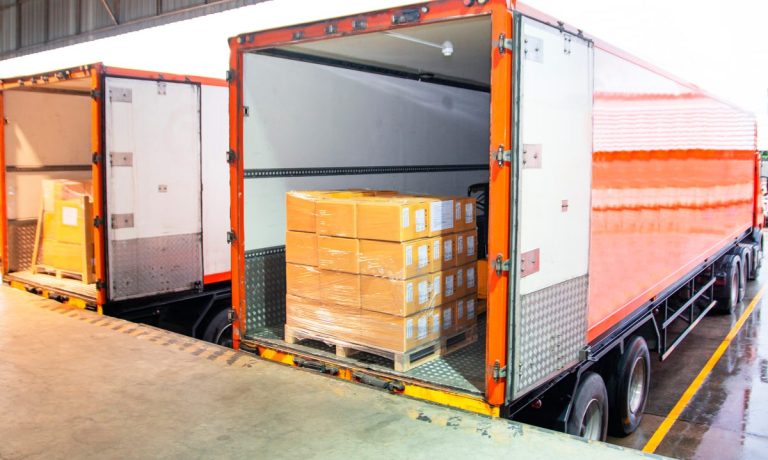
Sometimes the check really is in the mail, yet it still doesn’t arrive at its destination on time. Other times, online bill payments may not remain fully digital, as current protocols often drop or convert these electronic payments into paper check format due to frictions in the online process.
Although businesses and consumers alike have been heading online to fulfill more of their banking and payment needs, there are still plenty of challenges when it comes to B2B receivables, and friction in the system is slowing payments.
New research shows 15% of B2B receivables do not reach the designated company in time, according to The Treasurer’s Guide To AR Payment Optimization, a PYMNTS and CheckAlt collaboration.
Read more: Digital Bill Pay Creates Predictable Cash Flow for Treasurers
“Unfortunately, many of these online bill payments do not reach the biller as intended,” Rebecca Anthony, business leader of Catch!, a CheckAlt solution, told PYMNTS. “They instead arrive as a paper check often a week after initiated, hurting the biller’s cash flow and causing customer service issues.”
Stumbling Blocks
Currently, the payment process is filled with all manner of stumbling blocks that may cause some of these ostensibly electronic bill payments to drop to paper checks unbeknownst to businesses or consumers.
Ensuring that the bill payment experience remains fully digital therefore is key. Incorporating technologies that can analyze data easily and swiftly, highlight risks and accept payments can make a pivotal difference.
“To ensure bill pay transactions remain electronic from start to finish, businesses should have a robust electronic lockbox processing solution enabled,” Anthony said. “An ideal electronic lockbox solution provider will address online bill pay checks by working with billers to correct bad payee data and ensure transactions are processed as intended — electronically.”
Incorporating technologies including electronic lockbox or related tools that can prevent payments from winding up as paper checks must become a top priority.
Electronic Payment Perks
Another challenge faced by B2B billers is the continued use of paper checks. It also can be difficult to run bill payments completely through virtual channels in industries in which paper checks still make up the majority of B2B transactions.
But companies are not oblivious to the perks of electronic payment methods when it comes to paying their bills or receiving payments from clients. For one thing, electronic invoices reportedly cost 81% less on average than their paper counterparts.
Another benefit, as PYMNTS data found, is that businesses using automated invoice delivery tools have 23 fewer days sales outstanding (DSO) on average than those still using manual tools.
As a result, according to an August 2020 study, nearly two-thirds of businesses were actively trying to coax their clients or industry partners away from using cash and checks when sending or asking for payment.
By moving customers in that direction and by ensuring bill pay transactions remain electronic from start to finish, businesses can reduce friction and speed payments.